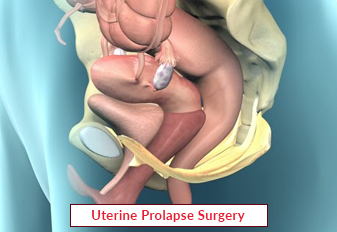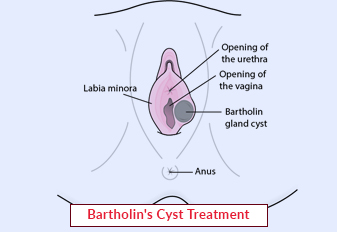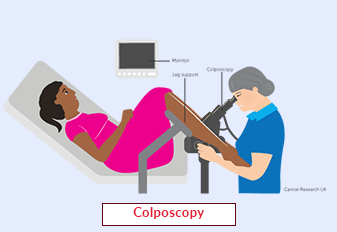Uterine Prolapse Surgery

Uterine prolapse is a condition where the uterus descends or protrudes into the vaginal canal due to weakened pelvic floor muscles and ligaments. It can cause discomfort, urinary and bowel problems, and impact a woman's quality of life. Uterine prolapse surgery, also known as uterine suspension or uterine prolapse repair, aims to restore pelvic support and alleviate the symptoms associated with this condition. In this article, we will explore the concept of uterine prolapse surgery, its significance in treating uterine prolapse, and the commonly performed procedures involved.
Book an AppointmentAbout Uterine Prolapse Surgery
Uterine prolapse surgery is a surgical intervention performed to correct the displacement of the uterus and restore its proper position within the pelvis. The specific surgical approach may vary depending on the severity of the prolapse, the patient's overall health, and the surgeon's expertise.
Procedure of Uterine Prolapse Surgery
The specific procedure for uterine prolapse surgery may vary, but here are some commonly performed surgical approaches:
-
Vaginal Approach (Vaginal Hysterectomy with Suspension):
a. Anesthesia: The patient is placed under general or regional anesthesia to ensure comfort during the procedure.
b. Incision: A surgical incision is made in the vagina to access the uterus and surrounding structures.
c. Removal of the Uterus (Hysterectomy): In cases where the uterus is no longer needed or is severely affected by prolapse, it may be removed.
d. Suspension of the Vaginal Vault: The remaining vaginal tissue is then attached to nearby ligaments or supportive structures to restore pelvic support and prevent future prolapse. -
Abdominal Approach (Sacral Colpopexy):
a. Anesthesia: The patient is placed under general anesthesia to ensure comfort throughout the procedure.
b. Incision: An abdominal incision is made, typically below the belly button, to access the pelvic organs and structures.
c. Mesh Placement: A synthetic mesh is placed to create a supportive sling between the top of the vagina and the sacrum (lower part of the spine). This provides long-term support for the uterus and prevents prolapse.
d. Closure: The incisions are carefully closed using sutures or surgical staples. -
Minimally Invasive Approach (Laparoscopic or Robotic Surgery):
a. Anesthesia: General anesthesia is administered, and the patient is positioned to allow for laparoscopic or robotic access.
b. Trocar Placement: Small incisions are made in the abdomen, through which trocars (long, thin instruments) are inserted.
c. Instrumentation and Visualization: Laparoscopic instruments or robotic arms are used to perform the procedure under high-definition visualization.
d. Mesh Placement or Ligament Suspension: Depending on the specific technique used, a synthetic mesh may be placed or supportive ligaments may be utilized to restore pelvic support.
e. Closure: The small incisions are closed with sutures or surgical glue.
Require Assistance?
Get A Quick Callback From Our Healthcare Experts






